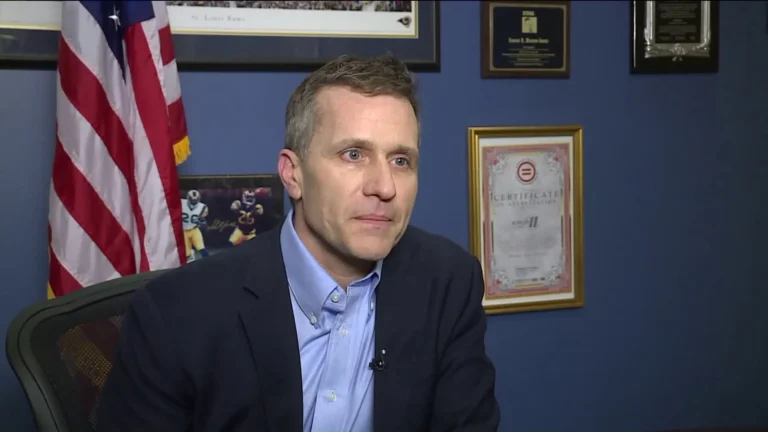What Caused The Charlotte Officers Shot?
The city of Charlotte was recently shaken by a tragic incident that resulted in the deaths of four law enforcement officers. The charlotte officers shot were fatally shot while attempting to serve warrants. This event has left a profound impact on the community and raised serious questions about the dangers those in uniform face. This article provides a comprehensive overview of the incident, the individuals involved, and the broader implications for charlotte officers shot law enforcement and public safety.
The Incident: What Happened?
On a sad day in April, a routine operation by the Charlotte-Mecklenburg Police Department (CMPD) turned into a deadly encounter. The incident occurred as law enforcement officers attempted to serve two warrants at a residence in Charlotte. The operation quickly escalated into violence when the suspect, who was inside the residence, opened fire on the officers.
Details of the Shooting:
-
Time and Location:
The shooting took place in a residential area of Charlotte as officers were serving two warrants related to felony charges.
-
The Officers Involved:
The four officers who tragically lost their lives in the line of duty were:
- Deputy U.S. Marshal Thomas Weeks Jr., 48: A law enforcement officer with years of experience in the U.S. Marshals Service.
- Sam Poloche and Alden Elliott are veterans of the North Carolina Department of Adult Correction and are well-respected in their roles.
- CMPD Officer Joshua Eyer: A dedicated member of the Charlotte-Mecklenburg Police Department.
-
Injuries:
In addition to the four officers who were killed, four other officers were injured during the exchange of gunfire. These officers were rushed to nearby hospitals, where they received emergency treatment.
The Suspect: A History of Violence
The suspect involved in the shooting was identified as an individual with a history of criminal activity. Before the incident, the suspect had an active felony warrant in Person County, which was one reason the warrant was served on that fateful day.
Background of the Suspect:
-
Felony Warrant:
The suspect was wanted on multiple felony charges, which led to the issuance of the warrants that the officers were attempting to serve.
-
Previous Encounters with Law Enforcement:
The suspect had a documented history of violent encounters with law enforcement, which likely contributed to the tragic outcome of this operation.
Law Enforcement Response and Investigation
In the wake of the shooting, the Charlotte-Mecklenburg Police Department (CMPD) launched an extensive investigation to understand the circumstances that led to the deaths of the four officers. This investigation has been closely followed by the community and law enforcement agencies nationwide.
Investigation Highlights:
-
Crime Scene Analysis:
The crime scene was meticulously analyzed by forensic experts, with evidence collected from the location where the shooting took place.
-
Witness Statements:
Investigators have been gathering statements from witnesses, including other officers present at the scene and residents in the area who may have seen or heard the events unfold.
-
Suspect’s Background Check:
A thorough background check of the suspect has been conducted to assess any potential links to other criminal activities or motivations for the shooting.
Community Impact and Public Reaction
The deaths of the four officers have left a lasting impact on the Charlotte community, sparking grief and concern over the safety of law enforcement officers. Public reaction has ranged from mourning the loss of life to calls for stronger protections for those who serve in dangerous roles.
Public Mourning:
-
Vigils and Memorials:
In the days following the shooting, vigils were held across Charlotte to honor the fallen officers. Memorials were established at the CMPD headquarters and other locations significant to the officers and their families.
-
Support for Families:
The community has rallied around the families of the deceased officers, offering support through fundraising efforts, donations, and other acts of kindness.
Calls for Change:
-
Increased Officer Safety:
The incident has prompted discussions about increased safety measures for law enforcement officers, mainly when serving high-risk warrants. Suggestions have included the use of additional protective gear and the implementation of advanced tactics for serving warrants.
-
Policy Revisions:
Law enforcement agencies are also reviewing their policies and procedures to identify any gaps that could have contributed to the tragic outcome, including reassessing the protocols for serving warrants and the force authorized in such situations.
Broader Implications: Policing in a Dangerous Environment
The shooting of the four Charlotte officers underscores the inherent dangers of policing, mainly when officers are tasked with confronting violent suspects. It also highlights the ongoing challenges law enforcement faces in balancing the need to enforce the law with the imperative to protect their own lives and those of the public.
Key Challenges Identified:
-
Risk Assessment:
The importance of thorough risk assessment before engaging in warrant-serving operations cannot be overstated. Understanding the potential dangers and preparing is crucial to preventing similar tragedies.
-
Use of Force:
The incident has reignited the debate over the appropriate use of force in law enforcement. Ensuring officers are equipped to respond to threats while minimizing harm is a complex challenge requiring continuous training and evaluation.
-
Community Relations:
Building and maintaining trust between law enforcement and the community is essential for effective policing. Tragic incidents like this can strain these relationships, making it critical for law enforcement agencies to engage with the community transparently and compassionately.
Conclusion
The shooting of four Charlotte officers while serving warrants is a tragic reminder of the dangers faced by law enforcement personnel. As the community mourns the loss of these brave officers, it is crucial to reflect on the lessons learned from this incident and implement changes to help protect those who serve.
Moving forward, the Charlotte-Mecklenburg Police Department and other law enforcement agencies must continue to prioritize officer safety, improve risk assessment protocols, and foster strong relationships with the communities they protect. By doing so, they can honor the memory of the fallen officers and work towards preventing future tragedies.
The loss of these officers has left a void in the community, but their sacrifice will not be forgotten. As Charlotte grapples with the aftermath of this incident, meaningful changes will emerge to ensure a safer future for law enforcement and the public.






